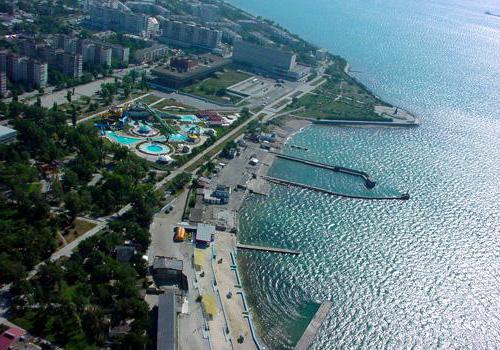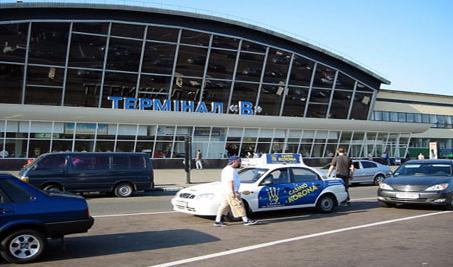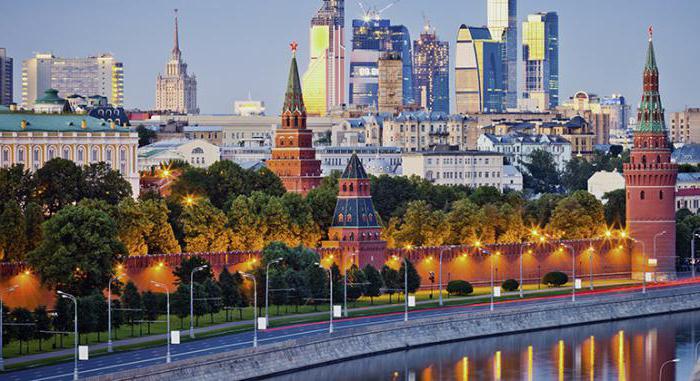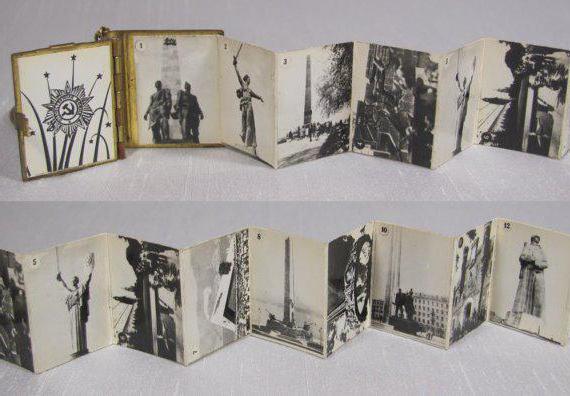Hero cities of Russia: Leningrad, Stalingrad, Sevastopol, Novorossiysk
The settlements, like people, have their owndestinies, inextricably linked with the history of the country on whose territory they are located. In many ways they depend on the collective behavior of their inhabitants. For example, a village may die if left, or for centuries turn into a major educational center of the whole region thanks to the enthusiasts who founded the university there.
How did the title of Hero City appear?
In the euphoria of the last days of the Great Patriotic Warmany did not notice one significant event. The fact is that on May 1, 1945, Leningrad, Odessa, Sevastopol and Stalingrad were named hero cities. Later, on the eve of the 20th anniversary of the Victory, this title was appropriated to them officially. In addition, the cities-heroes of the USSR were Moscow, Kiev and the Brest Fortress. The title was conferred in the following years. In particular, since 1973 Kerch and Novorossiysk began to carry it, from 1974 - Minsk, and from 1976 - Tula. In the year of the 40th anniversary of the Victory, Smolensk and Murmansk were also proclaimed as hero cities. In total at the moment their list consists of 12 settlements and one fortress - Brest. In addition, in 2006, the decree on the title of "city of military glory" was adopted. It was received by Orel, Pskov, Belgorod, Kursk, Feodosia, and others.
By the way, few know that the city-heroes of RussiaNot the only settlements that have such an honorable status. A similar rank exists in other countries, such as Cuba, Vietnam and Italy. In Union Yugoslavia, it was awarded to 8 cities that distinguished themselves during the Second World War, including Belgrade, Ljubljana, Zagreb, Pristina, and others.

Leningrad
The feat of defenders and residents of the city on the Nevaforever entered the history of world wars. As early as December 19, 1940, Hitler signed a directive, which, among other things, meant that when attacking the USSR, first Leningrad and Kronstadt, and then Moscow, were to be captured. When the fighting dragged on until September, the Fuhrer decided, in his own words, to "starve to death" the Leningraders and ordered to cut all the ways of supplying food. So on September 8, 1941, an unprecedented blockade of Leningrad began, lasting 872 days. It has no analogues in terms of the number of victims that the city paid for the right not to let the enemy into their streets and homes. Constant mass bombing and shelling daily carried away hundreds of lives of defenders. However, even more died from exhaustion, since a scarce ration was not enough to maintain the normal functioning of the human body.
Despite all this, Leningrad (St. Petersburgnow) stood, and the enemy could not pass through the Palace Square, as Hitler had dreamed of. At the same time, the city paid an incredible price for this. As it was stated at the Nuremberg trial, a total of 632,000 people died. 97% of them are from hunger.
In memory of the heroic defenders and residents of Leningrad, many monuments were erected in the city, including the Obelisk "Hero City" on Vosstaniya Square (photo above).

Stalingrad (Volgograd)
The name of the city became known all over the world in 1942year. The Battle of Stalingrad, which lasted for six months, changed the course of the entire Second World War. The fighting was for every house, street and lane. Up to several hundred snipers operated from both sides in the city. On the heroism of the inhabitants of Stalingrad, many evidences have been preserved. It is enough to give just one example: the production of a local tractor plant was carried out even when the Wehrmacht troops broke through to the city. At the same time an attack on Stalingrad along the Volga coast from the north was repulsed by a brigade of his working militia. Particularly difficult for residents was August 23, 1942, when as a result of the terrible bombing killed more than 40,000 people.
Like other hero cities in Russia, Volgograd immortalized the memory of its defenders by installing several monuments and erecting a giant memorial complex on Mamayev Kurgan.
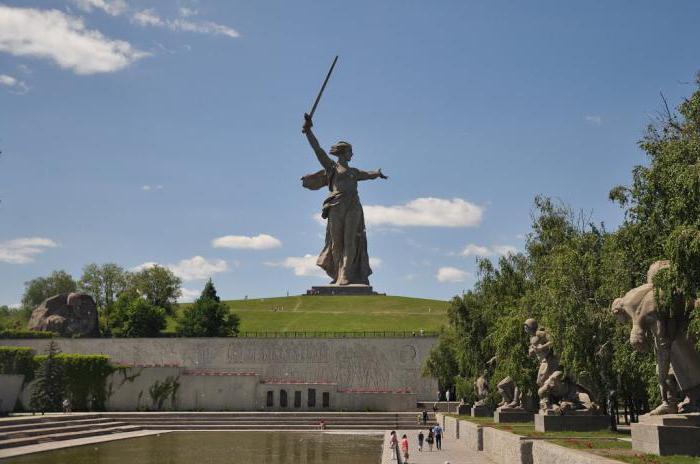
Sevastopol
Some Russian cities-heroes did not differonly in the Great Patriotic War. For example, for its 233-year history, Sevastopol has repeatedly become the front line of the defense of our country. In particular, during the Crimean War for 10 months he stood the onslaught of the combined army of France, England and Turkey. This heroic struggle of the garrison, sailors of the Russian Navy and the population of Victor Hugo called the new siege of Troy. Residents of the city remained faithful to the traditions of their ancestors and 90 years after the events described, when the Wehrmacht troops decided to capture the Crimea, the hero city of Sevastopol defended 250 days, being in the deep rear of the enemy. In addition to the inhabitants themselves, 23,000 servicemen, supported by 150 coastal and field guns, took part in the battles. Although by the end of the spring of 1942 Sevastopol had to be abandoned, in less than a year he was released by the soldiers of the 4th Ukrainian Front.

Hero City Novorossiysk
The name "Small Earth" in the 1970s was common to allon hearing, since the same name book was published, the author of which was officially considered Leonid Brezhnev. Many episodes in it were so implausible that this literary work immediately became a source of inspiration for the amateurs to compose anecdotes. And meanwhile, in fact, on the beachhead "Small Earth", captured by the Soviet assault and held for 225 days, was a real fiery hell. The feat of the heroes who defended the hero city of Novorossiysk is beyond doubt and worthy of the worship of the descendants. It was immortalized by the erection of a memorial complex. Inside the monument with a sculptural composition depicting the participants of the landing, there is a museum of military glory, where you can find information about the defenders of the bridgehead and their feat.

Other hero cities
Tell about the exploits of the inhabitants of Moscow, Kiev,Minsk, Tula, Murmansk, Smolensk, Kerch, Odessa and the Brest Fortress can be very long. Each of them involves a lot of stories, the heroes of which are ordinary men and women who have never before held arms in their hands, but who have disdained a danger for the sake of approaching Victory Day and smashing the enemy. Their memory is also immortalized by memorials, monuments and commemorative plaques.
Now you know what kind of collective exploitsmade by people who inhabited the city-heroes of Russia (Leningrad, Sevastopol, Stalingrad and Novorossiysk) during the Great Patriotic War. Thanks to their dedication, fascism was defeated and the misanthropic plans of Adolf Hitler and his companions were not realized.

